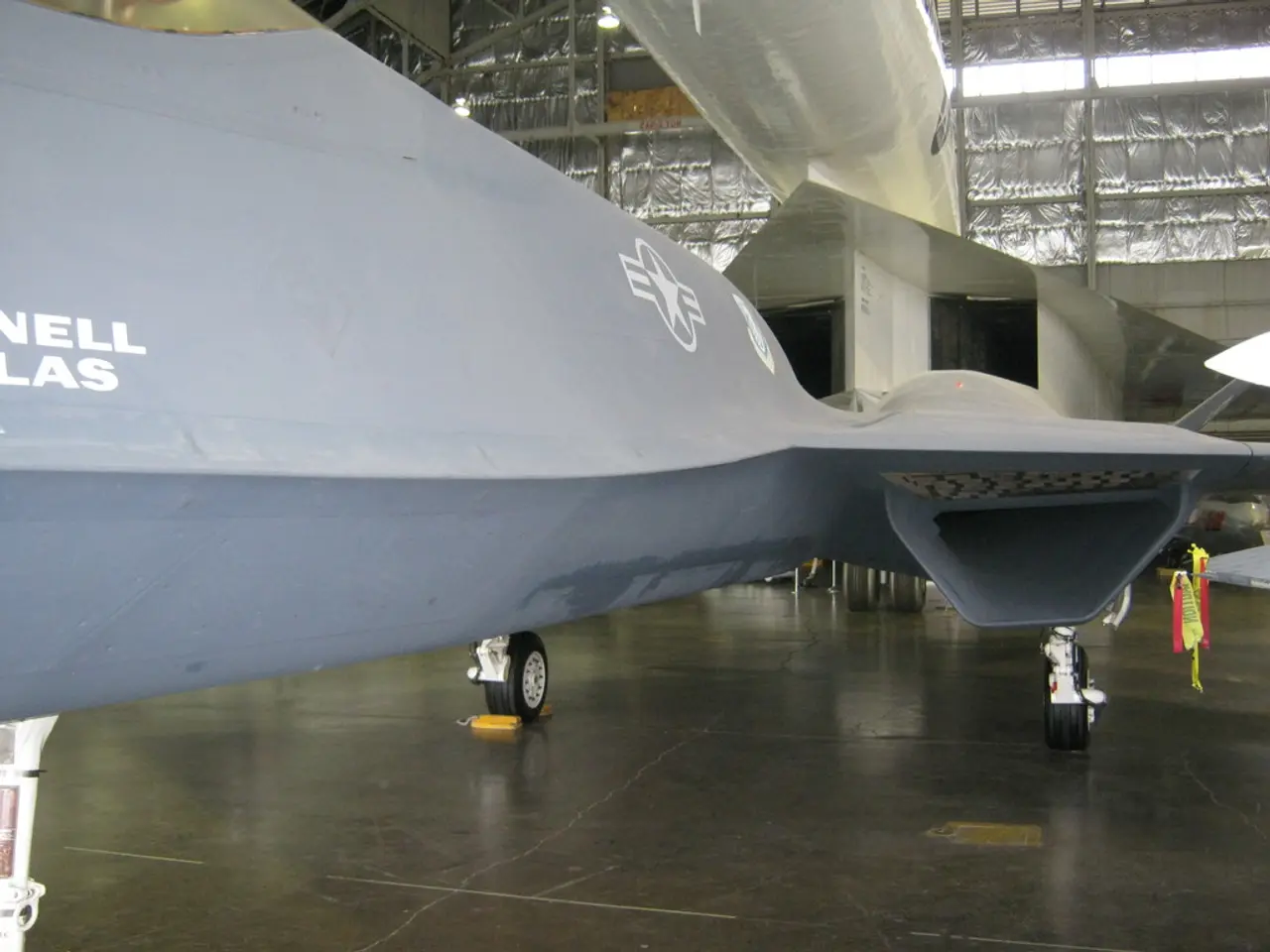Pioneering Flight: How the Wright Brothers Revolutionized Aviation
In the annals of human history, few inventions have had a more profound impact than the Wright brothers' first successful powered aircraft. This groundbreaking achievement, which took place on December 17, 1903, continues to inspire aviation enthusiasts and engineers today.
Orville and Wilbur Wright, the key figures behind this monumental moment, were driven by an insatiable curiosity and a passion for flight. They delved into the principles of flight, studying the works of aviation pioneers and meticulously analysing earlier experiments and calculations related to lift and drag.
The Wright brothers' quest was deeply influenced by several key figures. Sir George Cayley, known as the "father of aerodynamics," provided foundational knowledge with his concepts about lift and stability. Otto Lilienthal, a German glider pioneer, offered insights into controlled gliding that were instrumental to the Wrights' early experiments. Samuel Langley and Octave Chanute, early experimenters with heavier-than-air flight, provided foundational knowledge that the Wright brothers built upon.
Nature, particularly birds, also played a significant role in the Wright brothers' inspiration. Their observation of birds maneuvering in flight led to ideas about balance and control, which influenced the development of wing warping for roll control, a fundamental advancement for stable flight.
Family support was another crucial factor. The Wright brothers benefited from strong familial backing, which provided both motivation and practical assistance in their aviation pursuits.
The Wright brothers' scientific approach, combined with their mechanical skills and design innovations, enabled them to develop the three-axis control system and efficient propellers. This system, which allows the pilot to control the aircraft's pitch, roll, and yaw, is a fundamental principle in aircraft design.
The Wright brothers' use of lightweight yet sturdy materials, such as spruce wood and muslin fabric, in aircraft construction is still prevalent in modern aircraft. Their pioneering work laid the foundation for the modern aviation industry, revolutionising air travel and opening up new possibilities for transportation and exploration.
Their legacy serves as a testament to the power of curiosity and innovation in driving human progress. The Wright brothers' groundbreaking achievements transformed the way we travel and sparked a revolution in aviation technology.
References: - McCullough, D. (2015). The Wright Brothers. Simon & Schuster. - Jakab, P. L. (2015). Visions of a Flying Machine: The Wright Brothers and the Process of Invention. Smithsonian Institution Scholarly Press. - Crouch, T. D. (2003). The Bishop's Boys: A Life of Wilbur and Orville Wright. W. W. Norton & Company.
Aviation pioneers, such as Sir George Cayley, Otto Lilienthal, Samuel Langley, and Octave Chanute, greatly influenced the Wright brothers' aircraft design, offering foundational knowledge and insights that were instrumental to their success. Aviation enthusiasts today still marvel at the scientific approach, technology, and mechanics of the Wright brothers' work, appreciating the impact they had on space-and-astronomy and the transformation of transportation. The Wright brothers' use of lightweight yet sturdy materials, combined with their design innovations, laid the foundation for modern aviation, with their pioneering work in space-and-astronomy and aviation technology still shaping our world today.




